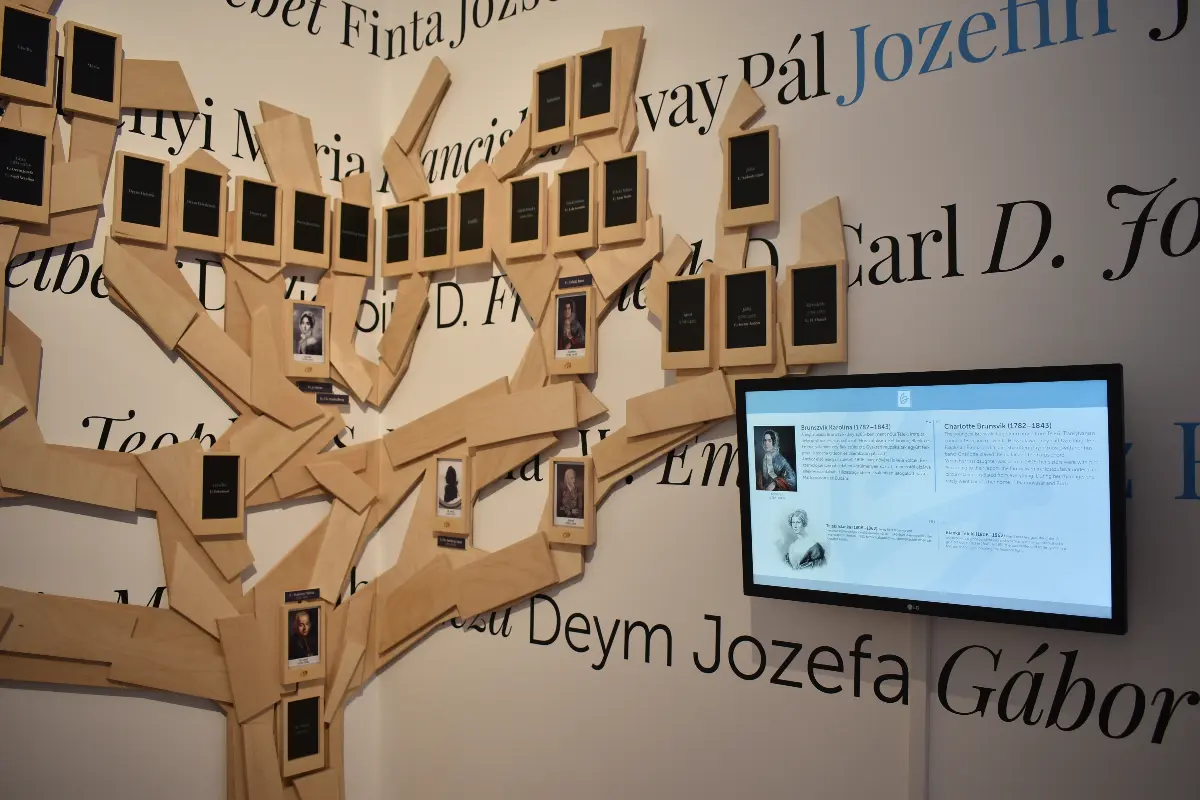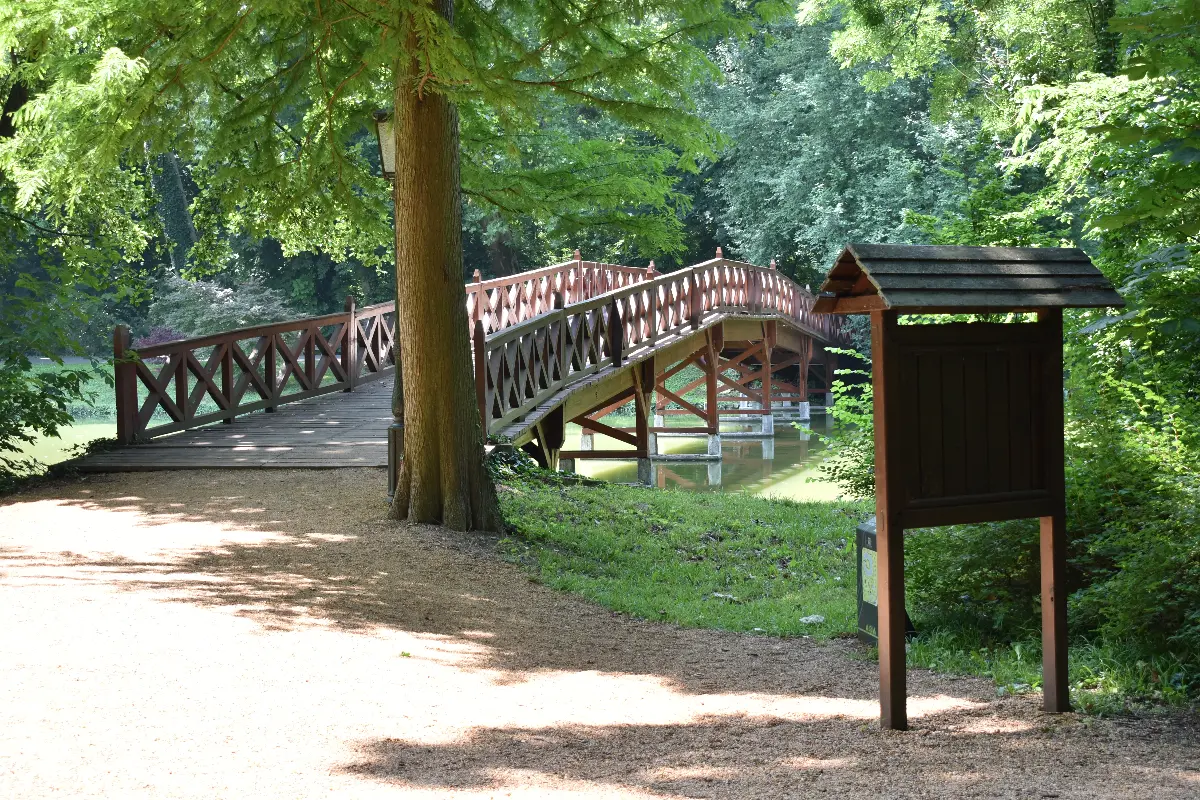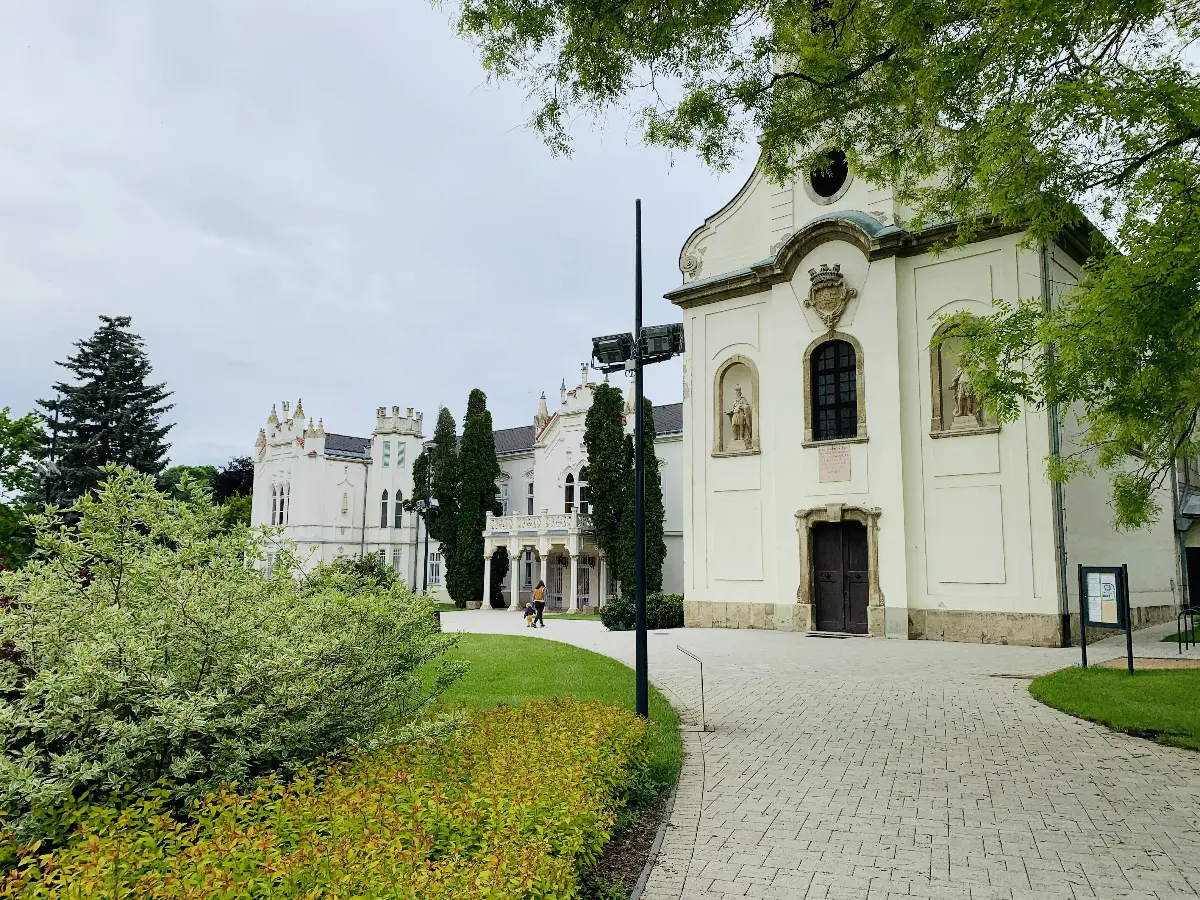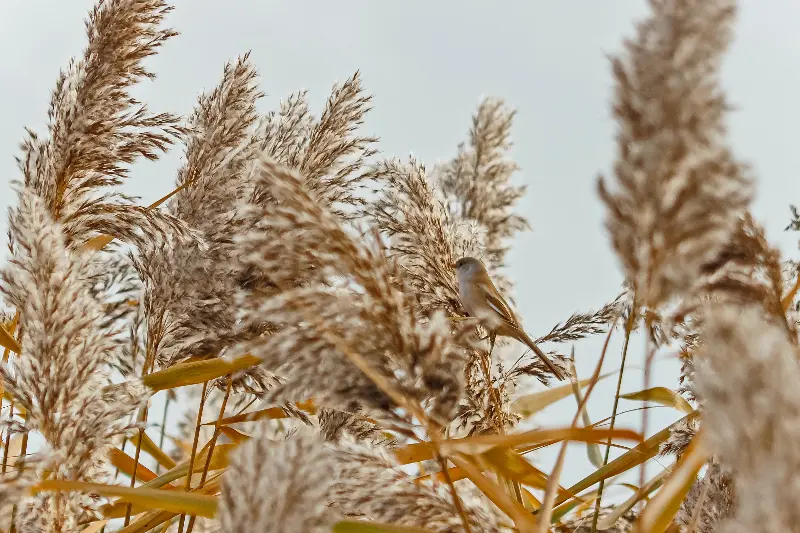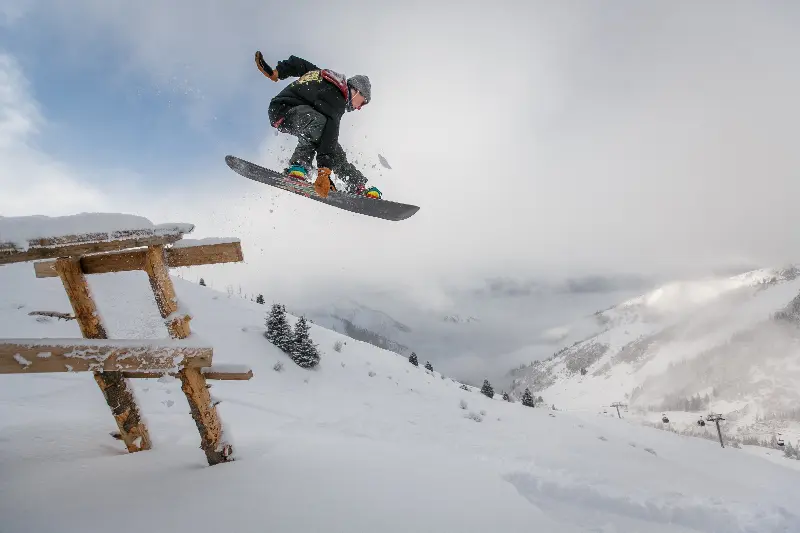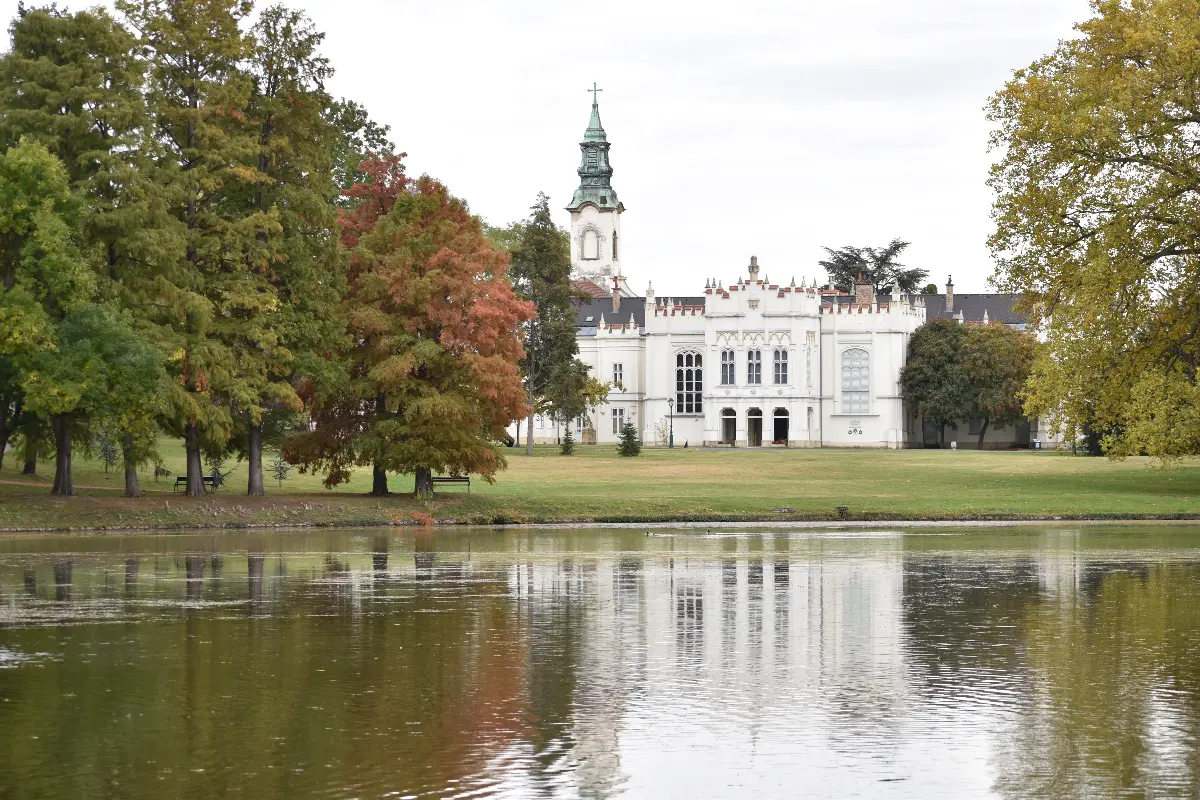
Helyszín címkék:
The majestic Brunszvik Castle in Martonvásár
Bóday Csilla
Martonvásár is ideally located close to both Budapest and Lake Balaton. It's easily accessible from a direct motorway exit - so even if you just want to get out of the city for a walk in a picturesque setting, it's worth a visit. However, you can also organise a full-day programme, so that in addition to the attractions of the park, you can also visit Brunszvik Castle and the exhibitions that have opened there.
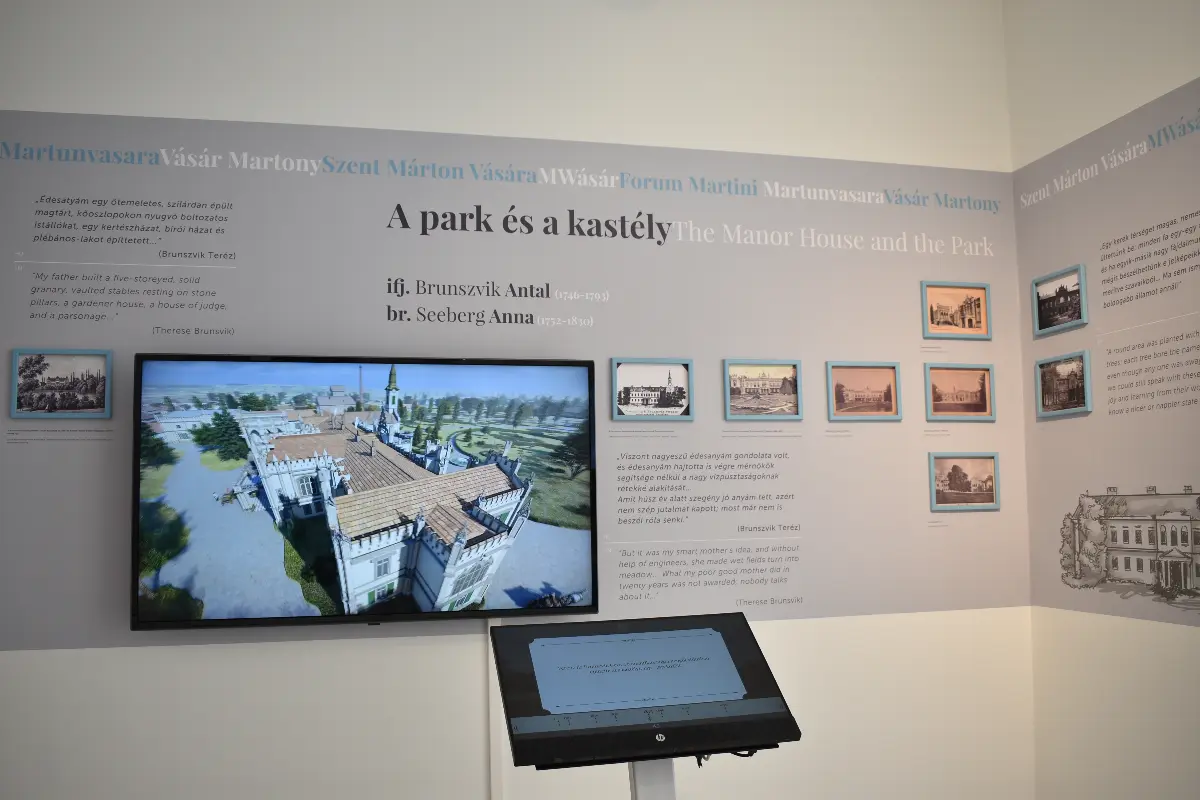
The history of the settlement is probably more than a thousand years old; it was inhabited by Celts and Sarmatians, and after the conquest of the Roman Empire it fell into the hands of the Hungarian conquerors. Due to its geography, being located near a very important main road, it was a very popular commercial centre, a dominant one on the Buda-Fehérvár line. This is also the origin of the name, referring to the settlement of the fair. Due to the Turkish occupation, the town was completely emptied by the middle of the 16th century. After 1770, the Brunszvik family gained an extensive area of land and began a large-scale construction project: the most important building in the town, the castle and the park, were built. The agricultural economy of Martonvásár was helped by its former connection to one of the most important lines of the Southern Railway Company in 1861 so that the transit traffic provided a good market for the crops again. The Second World War caused great devastation, but the low point was followed by a new boom: the development of agriculture was served by the redistributed land and the local agricultural research institute, established in 1951 and managed by the Hungarian Academy of Sciences.
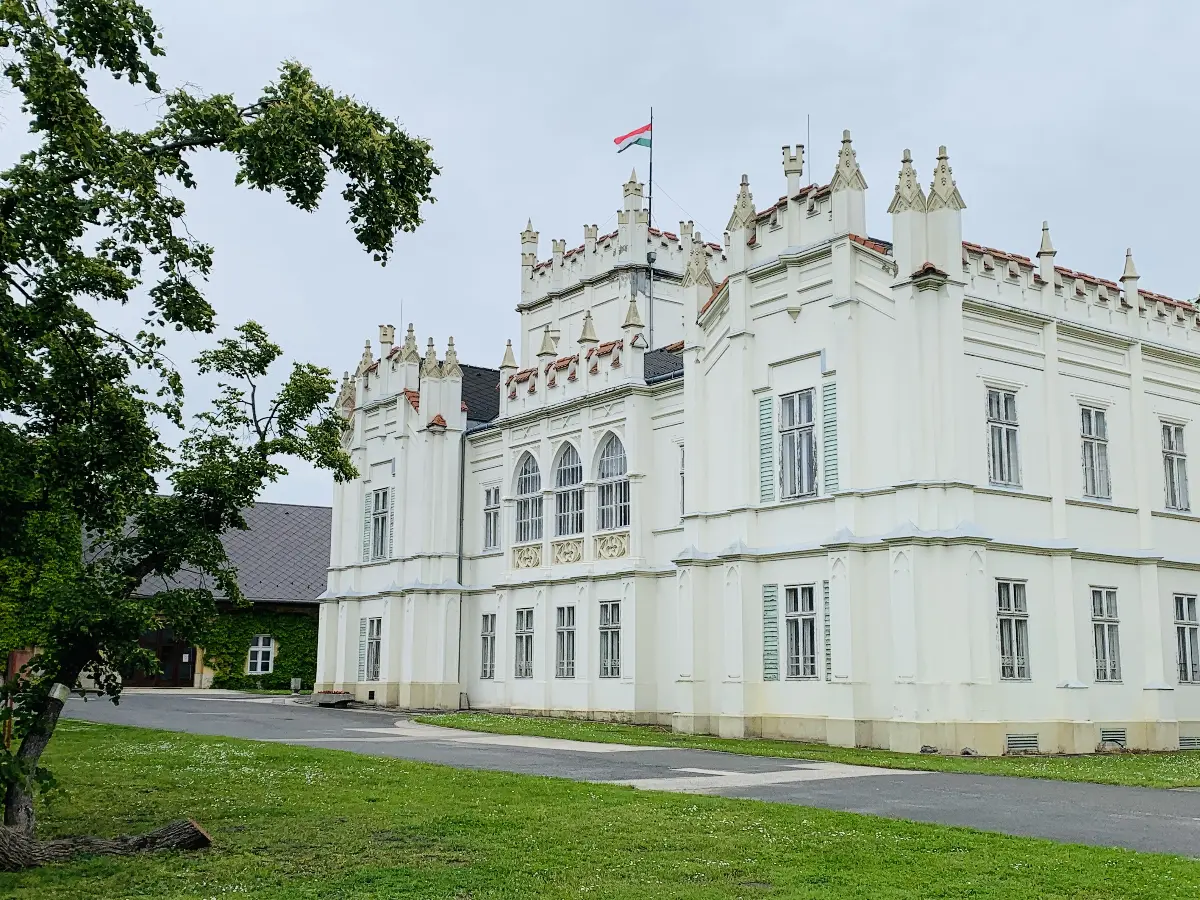
The castle
The family history of Brunszvik Castle's namesake is etched forever into the walls of the monument. At the end of the 18th century, a baroque mansion stood on the site, then owned by the Beniczky family. Then Maria Theresa donated the estate to Antal Brunszvik, along with a noble rank, and his grandson Ferenc built the Baroque castle. The monumental building project attracted many settlers to the previously-desolated settlement. They built a second floor in the Neoclassical style and the “Szent Anna plébánia templom” (parish church of St. Anne) on the originally one-storied Baroque mansion. Then the estate passed to Antal's son, Géza, who had it rebuilt in the neo-Gothic style still visible today. The estate was sold, and under the ownership of Archduke Charles Louis Joseph and later brewer Antal Dreher, it underwent further renovations. This monument was also damaged during the Second World War when it was used as a military hospital and then became dilapidated. In 1953, the castle was taken over by the Agricultural Research Institute of the Hungarian Academy of Sciences, which had been operating in Martonvásár for two years. In the 70s, it was renovated according to the plans of Aurél Sztupa. The castle is a free-standing, one-storey building. There are eleven rooms in one wing and seven in the other. There is a front garden in front of the main facade. The facade is articulated by triple-arched windows. The balcony balustrade stands on six columns. The castle is adorned with a stubby square steeple-less tower with battlements. The residence continues in ground-floor wings extending back from the north.
The English Park and Beethoven
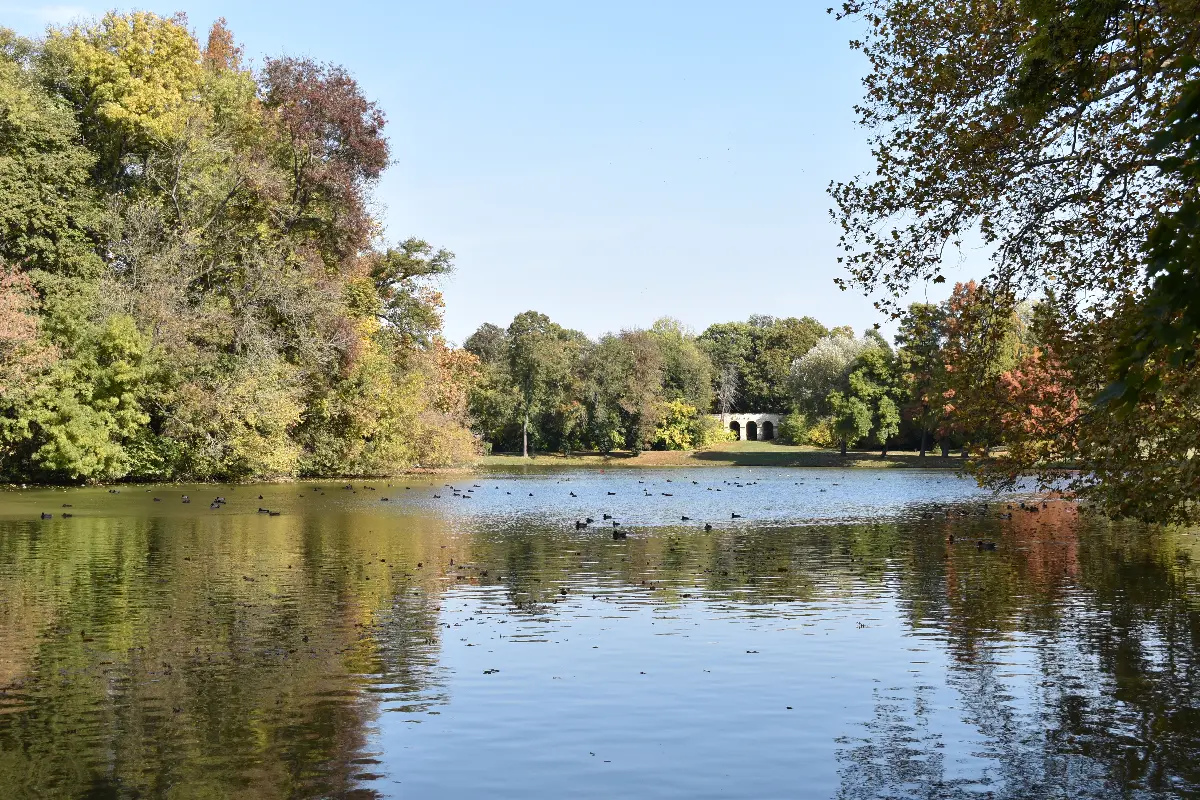
The seventy-acre park is one of the last in the country to remain in the style of the original English park. The Brunszviks had it designed by the horticulturist Christian Heinrich Nebbien. The sentimental design is further enhanced by the Old Lake, created by the swelling of the waters of the St. László stream, which runs through the park. In the middle of it, a small artificial island has been created, which can be accessed via a lovely wooden bridge. Here stands today a statue of Beethoven, created by the artist János Pásztor to commemorate the centenary of the composer's death, and commemorating his visit to the castle: The famous composer was a guest here in 1800. The English Garden was declared a nature reserve in 1953: many native plant species can be found there. The castle is now also home to the Agricultural Research Centre. The park hosts a wide range of events: from spring to autumn, there are open-air chamber concerts by the Budapest Philharmonic Society, interactive children's and family activities, themed adventure walks throughout the year, and the popular Three Seasons Treasure Hunt. In the middle of summer, on the Night of the Museums, you can sit in the illuminated park on the lakeside and gaze at the stars.
